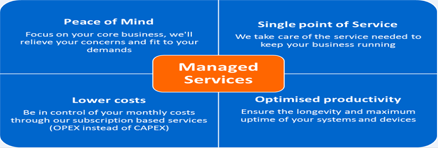

Server virtualization is type-1 hypervisor, providing services that allow multiple computer operating systems to execute on the same computer hardware concurrently. VM templates are a significant aspect of this. For example, you can create VM templates from snapshots. e.g. vSphere, XenServer, Hyper-V, Oracle vm etc.

Virtualization can increase IT agility, flexibility and scalability while creating significant cost savings. Greater workload mobility, increased performance and availability of resources, automated operations – they're all benefits of virtualization that make IT simpler to manage and less costly to own and operate.

Application Virtualization (also known as Process Virtualization) is software technology that encapsulates computer programs from the underlying operating system on which it is executed. A fully virtualized application is not installed in the traditional sense, although it is still executed as if it were.It has the ability to power down servers without affecting applications or users.
Many IT courses desinged for IT Pros experienced in server virtualization, our courses can help you learn how to leverage Hyper-V to perform essential tasks in the Windows Server 2012 platform. These Microsoft server virtualization training classes also cover VMware integration and migration, plus running VMs on physical hosts.
You may be interested in
- Microsoft Azure fundamental
- Citrix application virtualization.
- AWS cloud computing
Explore more courses.



